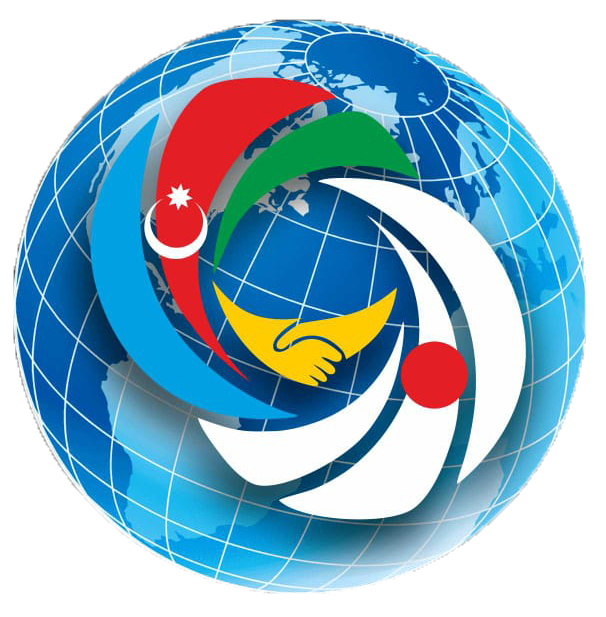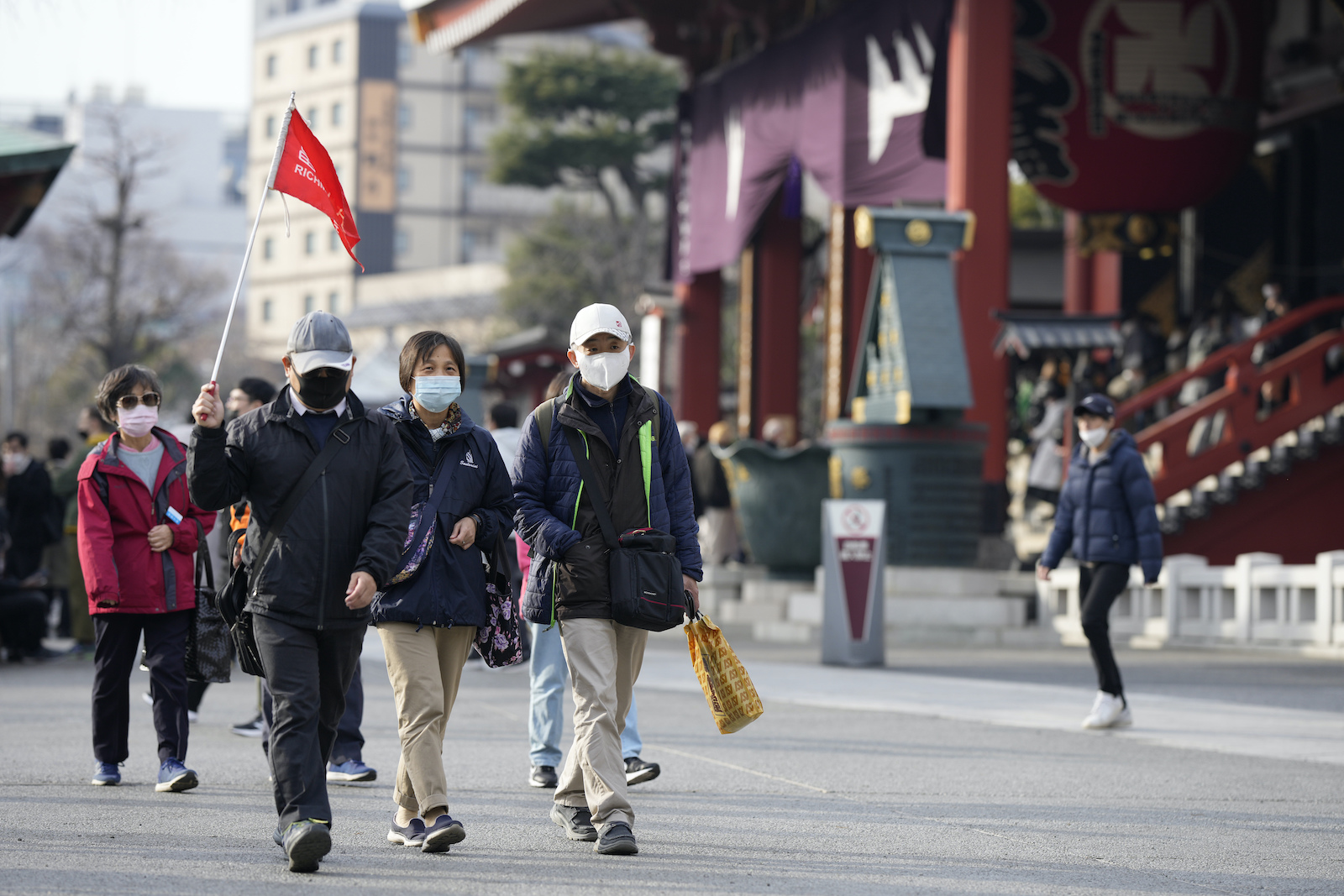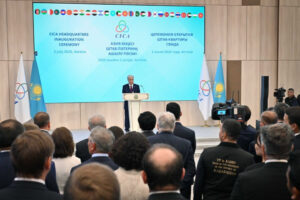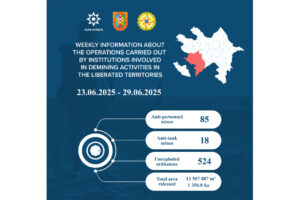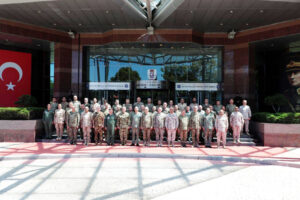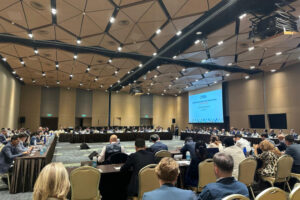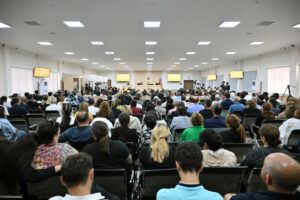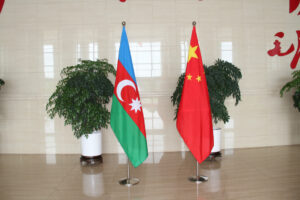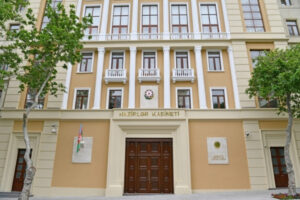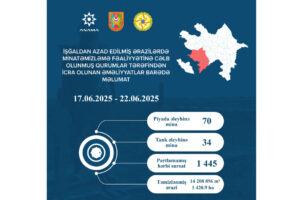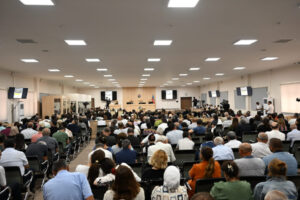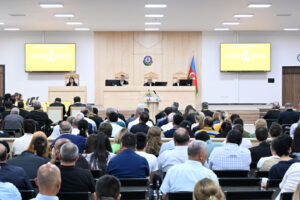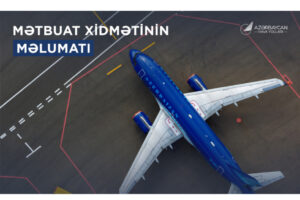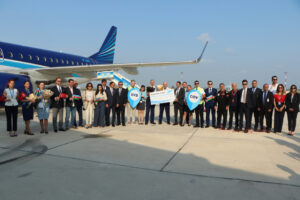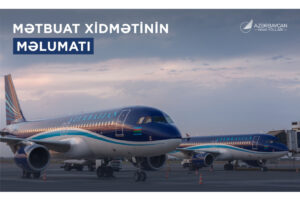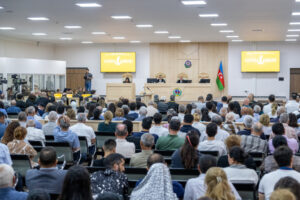Tokyo, 20 February, /AJMEDIA/
The number of foreign visitors to Japan in January surged 40.6 percent from a year earlier to a record 3.78 million, as travelers from China more than doubled in part due to the Lunar New Year holiday, government data showed Wednesday.
The sharpest rise in six months was also driven by a strong increase in travelers from Hong Kong and Taiwan, as well as more visitors from Australia and the United States for snow sports, the Japan National Tourism Organization said.
By country and region, 980,300 people visited Japan from China in January, more than double the 416,088 in the same month last year, as flights between the neighbors increased and the Lunar holidays started in January this year, the organization said.
South Korea ranked second with 967,100 visitors, up 12.8 percent, followed by Taiwan with 593,400, a 20.5 percent jump, and Hong Kong with 243,700, increasing 30.8 percent, the organization’s preliminary data showed.
The number of travelers from Australia climbed 35.3 percent to 140,200 and those from the United States gained 38.4 percent to 182,500.
The strong growth in January comes as the number of foreign visitors to Japan soared 47.1 percent to a record 36.87 million in 2024, boosted by a weak yen and the resumption of flights to Japan after the removal of COVID-19 restrictions.
Japan was the top overseas destination for Chinese tourists during the Lunar New Year holiday, according to a survey by IntaSect Communications Inc. Among prefectures, Hokkaido was the most popular, ahead of Tokyo and Osaka, thanks to its hot springs and ski resorts, the survey showed.
The government aims to attract 60 million visitors annually by 2030 but faces challenges such as overcrowding at popular tourist spots and labor shortages in the hospitality sector.
Efforts are also underway to attract more high-end travelers and encourage visitors to explore beyond the “Golden Route,” which centers on Tokyo, Osaka, Kyoto and Mount Fuji, to other areas that are often difficult to reach by public transportation and have limited multilingual guidance.
